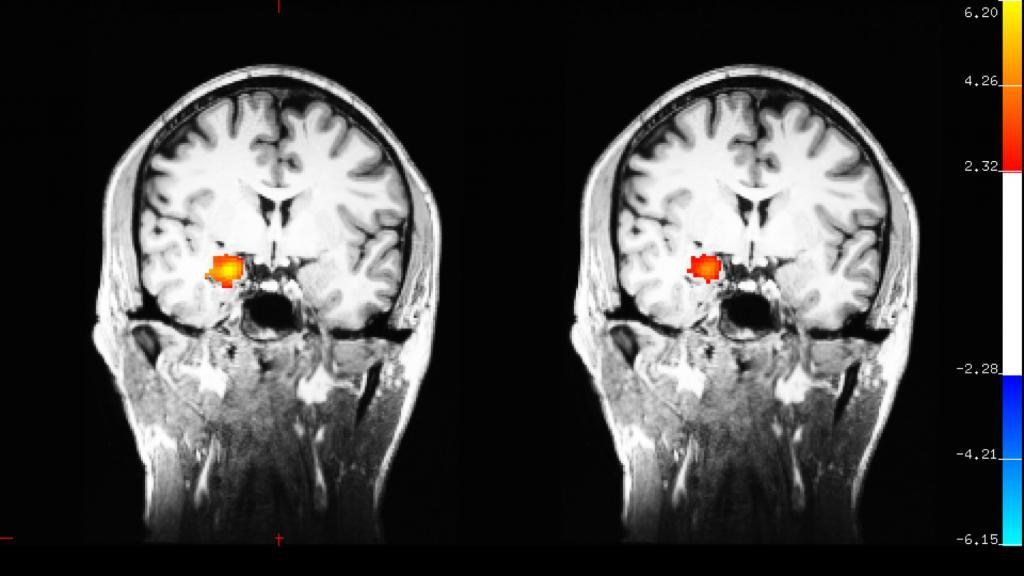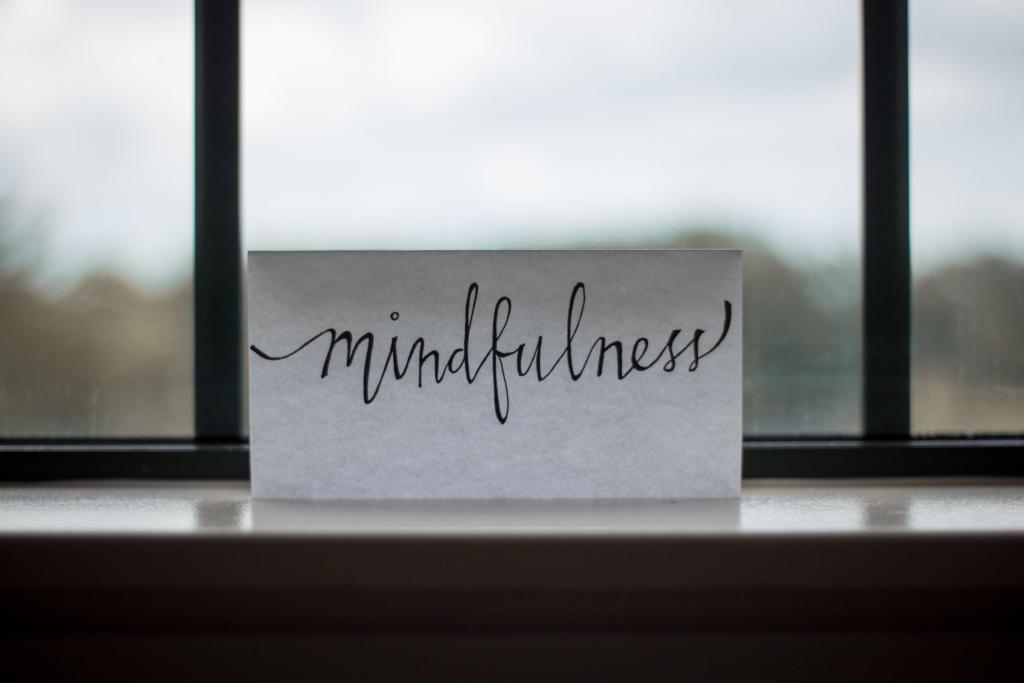How to practice mindfulness in an effortless way, a simple guide for you to become happier and more present in your life. Here you will learn everything you need to know about how to practice mindfulness and stop living your life in autopilot.
Our schedules are packed, working extra long hours, answering work emails at night and on weekends.
Our children are bombarded with loaded school work on top of multiple extra-curricular activities.
We live in a society full of stress, anxiety, and over-commitment of time.
Mindfulness can be practiced by anyone (old, young and in between), anywhere and at any time.
That is the beauty of it.
Just a few minutes a day can work wonders on your mental, physical, and spiritual health.
What is Mindfulness?

In my own words, mindfulness is being aware at all times of what you are doing and your surroundings.
It is living the moment. It is a habit you need to develop, so it becomes deliberate.
Have you noticed that as you walk home sometimes you are so immersed in your thoughts you don’t even realize how you made it home?
Why is the Practice of Mindfulness so Important?
Research shows that meditation changes brain activities, and this mental shift decreases the negative effects of stress, anxiety, and depression.
With all the new technology at the reach of our hands, mindfulness is no longer “the ancient hidden treasure” of yogi and monks.
Mindfulness is practiced by millions of people in today’s world.
Due to its known benefits, many companies are adopting the practice of mindfulness in the workplace and making it available to their employees.
It is not surprising these companies are adapting this practical way of reducing stress as part of their corporate culture.
Some of the companies that offer mindfulness training are:
- Goldman Sachs
- General Mills
- Apple
- Nike
- Aetna
- AOL Time Warner
Benefits of Mindfulness
1- Mindfulness Reduces Stress

According to a New York Times article, stress can make you really sick and it shows research and studies which prove that mindfulness and meditation practiced for 15 minutes can help you reduce stress in your life.
When you practice mindfulness, the part of the brain known as the amygdala is stimulated thus becoming smaller.
The amygdala is responsible for regulating emotions and for its role in stress.
2- The Practice of Mindfulness Helps Reduce Depression
Harvard researchers study how mindfulness may change the brain in depressed patients.
In 2015, 16.1 million Americans reported experiencing major depression during the previous year, often struggling to function while grappling with crippling darkness and despair.

3- Meditation and Mindfulness Reduces Anxiety
Research shows that the practice of mindfulness and/or meditation helps in reducing anxiety.
The positive effect that it has on our mental and physical states permits for more reasonable reactions and control of emotions to strenuous situations.
Related Post:
VISION BOARD IDEAS AND WHY YOU SHOULD HAVE ONE
4- Mindfulness and Meditation Lower Blood Pressure
The practice of mindfulness and meditation creates a calmness, a sense of peace and well-being.
By being more focused and more aware of emotions, you will be able to identify the triggers hence being proactive and take control.
The benefits of mindful meditation in lowering blood pressure serves as an alternative to popping pills, which give you nasty side effects.
5- Mindfulness Improves Memory Loss
A number of studies have found that mindfulness improves the cerebral cortex.
Which is responsible for functions such as learning, concentration, and memory.
The practice of mindfulness and meditation has proved to increase gray matter in the brain.
6- Mindfulness Regulates Emotions
Researchers from Michigan State University (MSU) found that mindfulness helps to control negative feelings.
7- Mindfulness Improves and Makes Relationships Happier

Because mindfulness helps us be more present and attentive.
We are so caught up with social media, work, TV that we are on autopilot and space out whenever our partners are talking to us.
What mindfulness does is helps you be more attentive and see the moment when you start to space out.
Furthermore, because the practice of mindfulness makes you affect the part of the brain that makes you more emphatic and compassionate.
Therefore it helps you understand your partner’s feelings and emotions better. It also allows you to be more empathetic.
Lastly, this will help you be more present, loving, and emotionally mature.
8- Mindfulness Improves the Quality of Sleep
Due to the relaxation effect of practicing mindfulness, you will have a better and deeper sleep.
A study published by JAMA internal medicine concluded that mindfulness meditation is a good solution to remediate sleep disturbances.
The constant stress of work and personal life, the use of electronic devices, phone, TVs, computers and not to mention the long commutes that are so in style right now in our society, have contributed to the new epidemic of “sleep deprivation“.
Lack of sleep is to be taken seriously.
It affects every single organ in our body, making us more vulnerable to diseases.
I know no one wants to give up spending time with the family or watching the latest on Netflix, but let’s not put our health at risk.
So let us take a few minutes out of our busy schedule and practice some self-care.
9- Mindfulness Increases Focus and Concentration
We live in a word where everyone is multitasking.
This lack of attention to detail leads to difficulty remembering crucial and important pieces of information.

Related Post:
BEST MOST POWERFUL MONEY QUOTES THAT WILL MOTIVATE AND INSPIRE YOU
10- Meditation and Mindfulness Promote Creativity
The definition of creativity according to Oxford is “the use of the imagination or original ideas, especially in the production of an artistic work.”
In open-minded meditation, our minds wander and that’s when creative thoughts come to life.
We have no judgment of thoughts, we see them go by and observe.
This process allows our creative juices to flow, ideas come as we pass no judgment to our thoughts.
How to Start a Daily Mindfulness Practice
There are two ways to practice mindfulness in your daily life:
- Meditation (formal practice)
- Everyday life (informal practice)
How do you practice mindfulness? There is no right way to practice mindfulness.
The practice of mindfulness is hard at times, but yet is pretty simple.
Let me give you an example so you can understand better what I mean.
It is like when you start working out at the gym.
It is very simple to go to the gym and sign up, but it gets harder to create a habit and go to the gym every day.
BUT you know that sacrifice and effort are going to be worth it.
Do not get discouraged, starting a mindfulness practice may seem difficult and time-consuming, but it’s not.
You have lived your entire life in autopilot. It is just like training your muscles at the gym.
With mindfulness practice, you are training your mind.
Meditation (Formal Mindfulness Practice)

Step 1: Don’t Set Expectations
By setting expectations you become attached to the goal.
If you don’t meet your expectation there is a great chance that you will get disappointed.
With disappointment comes lots of negative emotions.
With the practice of mindfulness, as you become more adept and confident, you will see that you start managing your daily life’s expectations more easily.
You will consciously start to notice when a situation that frustrates you arises and you will be able to start finding solutions instead of reacting with negative emotions.
Step 2: Find a Quiet Place
Look for a comfortable place that is quiet and that brings you peace and happiness.
Just relax and sit or lay comfortably. This will be your place, your “me” place.
You can use this space at any time of the day.
That is the beauty of mindfulness, that it can be put into practice at any opportunity you get.
Step 3: Start with Just 10 Minutes a Day
Start with 10 minutes a day.
As you start to get the hang of it, you can start increasing the time.
Do what feels right. Go at your own pace.
Remember this journey is about you, and you only.
Close your eyes and start by focusing on your breathing, the sound of your breaths, the feeling of your chest rising and sinking with each breath, the air coming in and out.
Step 4: Just BE
If your thoughts start to wander, let them be, don’t judge.
Then come back and bring your focus back to your breathing.
You will notice you will start feeling more relaxed.
It is like you are the spectator of a show.
You are watching your own movie.
You are the WATCHER of your thoughts and perceptions without judgment or emotions.
Step 5: Don’t Give Up

Our minds are going to wonder all the time.
It happens, we are curious beings.
Be kind and just redirect your thoughts back to the task at hand.
You will see as time goes by and you keep practicing mindfulness it will become easier and effortless.
How Can I Practice Mindfulness in Everyday Life?
Just be aware of what you are doing at the moment you do it.
For example, if you are eating, take the time to eat and enjoy the food, the way it tastes, the textures when you bite and eat it, how it starts feeling your stomach.
Lots of times we eat while on the phone or while watching TV and we are not paying attention to it.
This is what I call “being on autopilot”.
If you are watching TV and eating, you are paying attention to the show you are watching and just going through the motions of eating.
Let’s be more mindful and enjoy the little things in life.
15 Ways to Practice Mindfulness Everyday

- When you wake up.
- While having your cup of coffee or tea
- While brushing your teeth
- While you take a shower/bath
- When you step out of the front door
- While walking
- In conversation
- While seated at your desk (posture)
- During your daily commute
- During your breaks
- While eating
- When you wait in line at the store
- While driving
- When working out at the gym
- Before you go to sleep
Are you ready to increase your ability to cope with life’s challenges? Found this mindfulness simple guide helpful? Share it and spread the word.

















